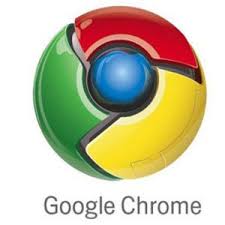Its time to maintain it!
Here are 3 simple and standard methods to keep it "in shape":
1. Disk Clean-up (advised to perform once a week)
Purpose: Scan drive for unwanted files like compressed old files, offline webpages, recycle bin (deleted items), etc, and remove them to restore disc space.
Note: If this is the first time you "Disk Cleanup" the computer, it may take up to an hour, depending on the size of files and computer's processor speed
Directions:
a. Open up "My Computer"
b. Look for your "C: drive" and right click it, select "Properties"
c. A window will be opened and under the "General" Tab, you will see a "Disk Cleanup" button
d. Click "Disk Cleanup" and it will begin scanning your "C: drive" for unwanted files
e. Another window will pop-up with a list of files to be deleted
f. Click to select every file and click "OK"
g. Wait for "Disk Cleanup" to finish cleaning your drive and you're DONE!
2. Check Disk or Error Checking (advised to perform once a month)
(requires restart and windows will scan during start up)
Purpose: Scan disk to check problems arised from improper shut-down, short-cut and registry problems which slows down your computer, and automatically fixed them, with a chance to restore bad sectors
Note: This process may take up to a few hours depending on computer's processor speed
Directions:
a. Open up "My Computer"
b. Look for your "C: drive" and right click it, select "Properties"
c. A window will be opened and under the "Tools" Tab, you will see a "Check Now..." button
d. Click on "Check Now..." and a "Check disk options" window will open up
e. Select both "Automatically fix file system errors" and "Scan for and attempt recovery of bad sectors"
f. Click "Start" and you will be prompted to schedule the scan on start up
g. Select "Schedule"
h. Restart your computer and leave it to scan
i. Your computer will restart automatically after the scan is completed
3. Disk Defragmentation (advised to perform once every 2 months)
(best performed when all active programs are turned off)
Purpose: Files get fragmented over long usage which slows down the loading speed of your computer. Defragmentation, from its name, defragments your disk to allow faster access and response of your computer.
Note: If this is the first time you "Disk Degragment" the computer, it may take up to a few hours, depending on the computer's processor speed
Directions:
a. Open up "My Computer"
b. Look for your "C: drive" and right click it, select "Properties"
c. A window will be opened and under the "Tools" Tab, you will see a "Defragment Now..." button
d. Click on "Defragment Now..." and a "Disk Defragmenter" window will open up
e. Click "Defragment" to begin process
f. Windows will prompt you once Defragmentation is completed








